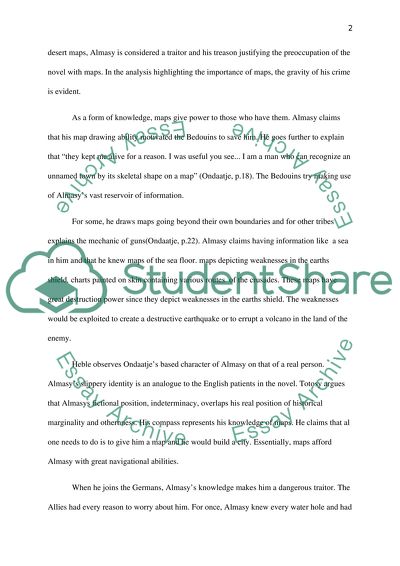Cite this document
(“The English Patient Essay Example | Topics and Well Written Essays - 1750 words”, n.d.)
Retrieved from https://studentshare.org/english/1644651-the-english-patient
Retrieved from https://studentshare.org/english/1644651-the-english-patient
(The English Patient Essay Example | Topics and Well Written Essays - 1750 Words)
https://studentshare.org/english/1644651-the-english-patient.
https://studentshare.org/english/1644651-the-english-patient.
“The English Patient Essay Example | Topics and Well Written Essays - 1750 Words”, n.d. https://studentshare.org/english/1644651-the-english-patient.


